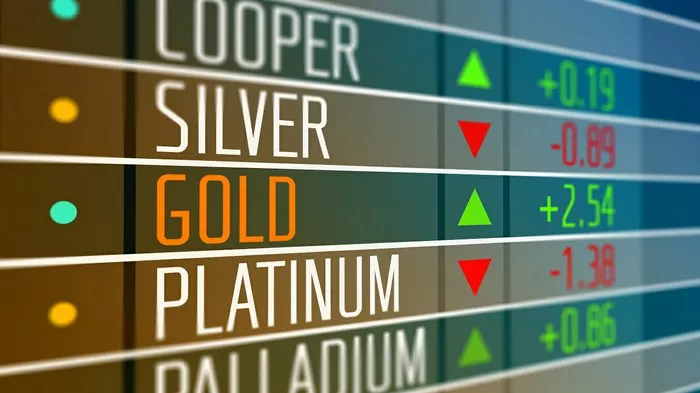In the realm of futures trading, limit down refers to a scenario where the price of a futures contract declines by the maximum allowable amount within a single trading session, triggering trading restrictions or halts. Limit down serves as a mechanism to prevent excessive price declines and maintain market stability. In this comprehensive article, we explore the concept of limit down in futures trading, its significance, implications for market participants, and the mechanisms governing its implementation.
Defining Limit Down in Futures Trading
Limit down refers to the maximum allowable price decline for a futures contract within a single trading session, as determined by commodities exchanges. When the price of a futures contract reaches or falls below the limit down threshold, trading may be subject to special rules or restrictions, such as trading halts or expanded limits. Limit down serves to mitigate the impact of sudden and extreme price declines, prevent panic selling, and safeguard market integrity.
Significance of Limit Down in Futures Trading
Limit down plays a crucial role in maintaining market stability and confidence by providing a mechanism to manage price volatility and limit speculative activity. By imposing price thresholds on futures contracts, exchanges aim to mitigate the impact of abrupt and excessive price declines that could disrupt trading activity, trigger margin calls, or lead to market manipulation. Limit down also serves to enhance transparency and predictability in the futures market, providing traders and investors with clear guidelines for managing risk and making informed trading decisions.
Implementation of Limit Down in Futures Trading
The implementation of limit down in futures trading involves several key components, including:
Establishing Limits: Commodities exchanges set limit down thresholds for futures contracts based on factors such as market conditions, historical volatility, and regulatory considerations. These limits are typically expressed as fixed price differentials or percentage declines from the previous day’s settlement price and may vary depending on the contract’s underlying asset, expiration date, and liquidity.
Monitoring Price Movements: Throughout the trading session, exchanges continuously monitor price movements in futures contracts to identify instances where the limit down threshold may be reached or exceeded. Market surveillance systems and automated trading controls help exchanges detect abnormal price behavior and trigger appropriate responses to maintain market integrity.
Implementing Special Rules: When the price of a futures contract reaches or falls below the limit down threshold, exchanges may implement special rules or trading restrictions to manage the impact on market participants. These measures may include trading halts, extended trading hours, or expanded limits to allow for orderly price discovery and limit the potential for panic selling.
Implications for Market Participants
For traders and investors engaged in futures trading, limit down has several implications that can impact trading strategies, risk management, and overall market participation. When futures prices approach or reach the limit down threshold, trading conditions may become challenging, with reduced liquidity and increased volatility.
Traders should be prepared to adjust their trading strategies, exercise caution, and closely monitor market developments to mitigate the impact of limit down on their positions.
Strategies for Dealing with Limit Down in Futures Trading
Several strategies can be employed to manage the impact of limit down in futures trading and navigate market dynamics effectively:
Risk Management: Implementing robust risk management practices, such as setting stop-loss orders and position limits, can help traders limit potential losses and protect capital during periods of market volatility.
Diversification: Diversifying trading portfolios across multiple asset classes and futures contracts can help spread risk and reduce reliance on any single market or instrument, mitigating the impact of limit down on futures trading.
Monitoring Market Conditions: Staying informed about market news, economic indicators, and geopolitical events can provide valuable insights into futures market dynamics and help traders anticipate potential price movements and limit disruptions.
Conclusion
In conclusion, limit down serves as a critical mechanism for managing price volatility, maintaining market stability, and safeguarding the interests of market participants in futures trading. By establishing predefined price thresholds, commodities exchanges aim to mitigate excessive price declines, promote fair and orderly trading, and enhance market integrity. For traders and investors involved in futures trading, understanding the implications of limit down and implementing effective risk management strategies are essential for navigating market dynamics and achieving trading success in the dynamic and competitive world of futures trading.


